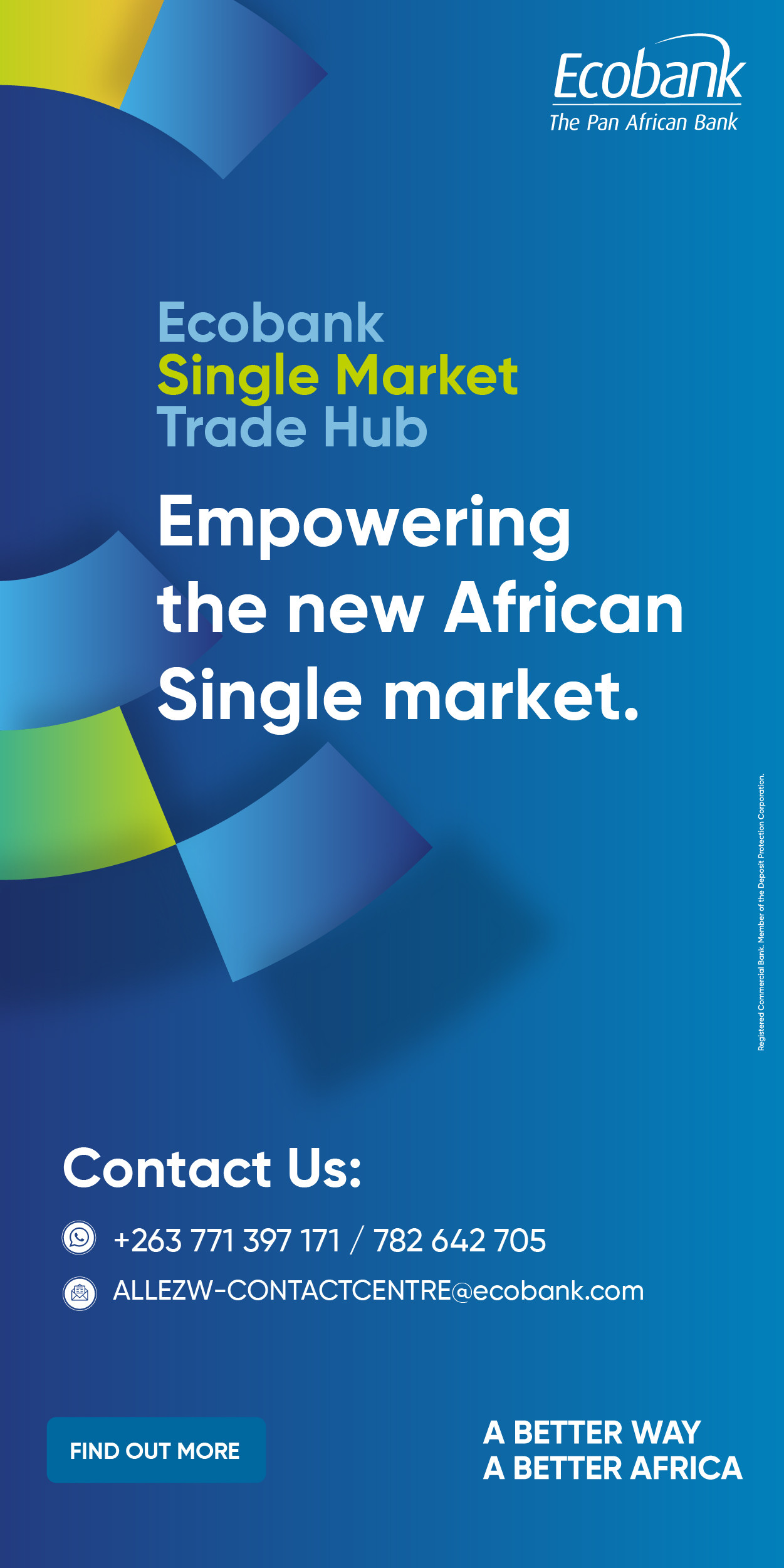- RioZim appointed a new board in July 2025, to inject expertise amid corporate rescue proceedings initiated by a High Court ruling in October 2025
- The reopening of Renco Mine post-half-year restored production, safeguarded over 1,000 jobs, and enhanced social license, signalling a shift from decline to revival
- To capitalise on gold's rise, RioZim must accelerate production ramp-ups, modernize operations, ensure financial prudence, and pursue diversification
Gold output in kgs since 2016
Harare- RioZim Limited, once a powerhouse in Zimbabwe's mining sector and the third-largest gold producer in 2020 just behind Caledonia and Freda Rebecca, has endured a prolonged period of decline marked by operational disruptions, funding shortages, and economic volatility.
Currently under corporate rescue proceedings placed in effect following a High Court ruling in October 2025, which has restricted its ability to sell assets due to a legal dispute with workers including the Zimbabwe Diamond and Allied Minerals Workers' Union (ZDAMWU), the company entered a restructuring phase. This extended to governance.
In July 2025, RioZim appointed a new board, including chairperson Caleb Dengu, to inject fresh expertise and guide the firm through its revival phase. This governance overhaul was followed by a successful capital-raising transaction completed in October 2025, providing much-needed funds to stabilize operations and address legacy issues.
Early wins from this restructuring are already evident. The reopening of the flagship Renco Mine post the half-year period not only restored production but also safeguarded over 1,000 jobs, bolstering the company's social license in a politically sensitive sector.
This milestone, coupled with resumed operations at other sites, has injected optimism, with the company anticipating profitability driven by elevated gold prices and improved diamond output from its associate, RZM Murowa Private Limited. These developments mark a pivot from survival to strategic recovery, setting the stage for RioZim to reclaim its footing in Zimbabwe's mining landscape.
RioZim's journey over the past few years mirrors the broader challenges both inhouse like highest level of incompetence which failed the company to capitlise of raging gold prices and Zimbabwe's mining industry, including power outages, and regulatory hurdles.
In the first half of 2020, the company achieved robust gold production levels, but this proved to be the peak of a downward trajectory.
Output dipped slightly in 2021 due to rising costs and infrastructure neglect, accelerating in 2022 amid equipment failures and energy shortages. A marginal recovery in 2023 was short-lived, with the nadir arriving in the first half of 2024, when gold production contracted by 27% year-on-year, a pattern driven by chronic undercapitalisation.
This decline contrasts sharply with peers like Padenga and Caledonia, which expanded under similar constraints, eroding RioZim's market share and financial resilience while leaving it vulnerable to external shocks.
The first six months of 2025 exemplified these entrenched difficulties, with operational output severely curtailed across the portfolio. Persistent underfunding over the prior three years led to intermittent shutdowns and inefficiencies, particularly at Renco Mine, where refurbishments of aging infrastructure were underway but insufficient to improve half-year results.
The Cam & Motor Mine remained dormant, awaiting full resuscitation that gained momentum only after the period.
Financially, the half-year was punishing: the group posted a net loss of ZWG 300.6 million, an 81% widening from the ZWG 165.7 million deficit in the prior comparable period, despite a surge in average realized gold prices from US$2,165 to US$3,075 per ounce.
Low volumes negated these price gains, highlighting the volume-driven vulnerabilities in RioZim's model. The balance sheet reflected acute liquidity pressures, with current liabilities at ZWG3.1 billion exceeding assets at ZWG335 million, signalling short-term solvency risks that could hamper operations without intervention.
Management's focus during the period centred on capital-raising, with advanced talks culminating in a post-period funding injection to alleviate constraints, as noted by chairperson Dengu in the half-year financial statement.
On the macroeconomic front, glimmers of stability emerged through government reforms, including a steadier local currency (ZWG) that curbed inflation on domestic inputs, aiding cost management, though benefits were muted by subdued activity levels.
Adding complexity is RioZim's 22.76% stake in associate RZM Murowa Private Limited, which faced headwinds from sluggish global diamond prices, leading to a ZWG 28.0 million share of loss and reversing the prior period's ZWG 5.6 million profit. Strategic adaptations, such as shifting to in-pit mining for higher ore grades and carat yields, aim to enhance performance and provide diversified revenue, cushioning against gold-specific risks.
Gold's meteoric rise, closing the period at US$3,302 per ounce (up 24%), presents a prime opportunity, yet RioZim has historically struggled to convert price gains into profits due to volume shortfalls.
To fully awaken as a mining giant, the company must prioritize several imperatives. First, accelerating production ramp-ups is essential, with Renco targeting optimal output by year-end and Cam & Motor's restart as key milestones, building on 2023's investment-driven uptick to avoid past stop-start cycles.
Operational efficiency demands modernization, including proactive maintenance and technology adoption like automated processing to boost recovery rates, potentially through partnerships for shared infrastructure to counter energy deficits.
Financial prudence remains crucial: deploying the recent capital infusion toward high-return projects, improving working capital, and exploring debt restructuring or equity raises to fortify the balance sheet against currency volatility and cost spikes.
Finally, strategic diversification and risk management will sustain gains, with investments in exploration to expand reserves amid forecasted high gold prices driven by geopolitical tensions and inflation hedges. Murowa's pivot exemplifies adapting to market cycles for unlocked value in non-core assets.
Therefore, RioZim's half-year 2025 results paint a company at an inflection point—battered by historical declines but invigorated by restructuring, fresh capital, and market tailwinds. The "fallen giant" narrative fits, from 2020 highs to recent lows, yet revival is underway. With mines reopening, jobs preserved, and gold prices supportive, the outlook leans toward profitability.
Success depends on execution: swiftly scaling output, optimizing costs, and navigating Zimbabwe's economic terrain. If capitalised effectively, RioZim could not only resurrect its fortunes but redefine its role in the country's mining narrative.
Equity Axis News





